Strengthening your core doesn’t require a gym membership, expensive equipment, or hours of daily commitment. Whether you're juggling work, family, or a packed schedule, building core stability is achievable—even on a tight budget and limited time. This beginner’s guide shows you how to develop functional core strength using simple, effective exercises that fit seamlessly into real life.
Your core is more than just abs. It includes muscles in your abdomen, lower back, hips, and pelvis—working together to support posture, balance, and movement. A stable core helps you lift groceries, carry kids, sit at a desk without back pain, and move with confidence.
Improved core stability enhances coordination, reduces injury risk, and boosts performance in daily activities and sports. The best part? You don’t need fancy gear or hours at the gym to see results.
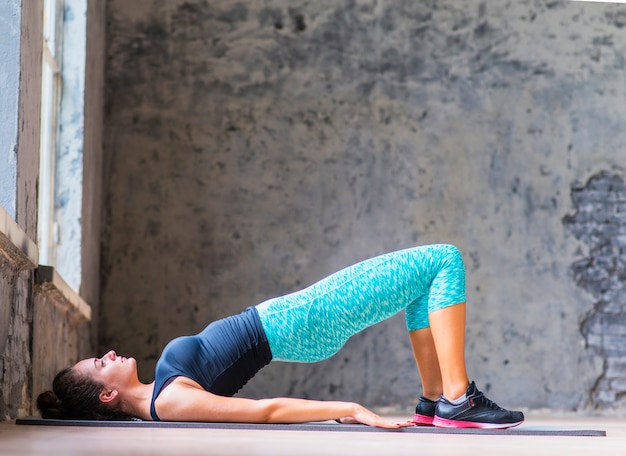
You can build a strong core with little to no equipment. Here are a few budget-friendly items that can enhance your routine:
With just bodyweight and a few household items, you can perform a full core workout anytime, anywhere.
Start with these foundational movements. Aim for 2–3 sets of 10–15 reps or 20–30 seconds per exercise, 3–4 times per week.
Strengthens the entire core, shoulders, and back. Hold a straight-line position from head to heels on your forearms and toes. Keep your hips level and avoid sagging.
Improves coordination and prevents lower back strain. Lie on your back, arms extended to the ceiling, knees bent at 90 degrees. Slowly extend opposite arm and leg while keeping your lower back pressed to the floor.
Enhances balance and spinal stability. On hands and knees, extend one arm and the opposite leg simultaneously. Keep your core tight and avoid twisting.
Activates the posterior chain and supports lower back health. Lie on your back, knees bent, feet flat. Lift your hips until your body forms a straight line from shoulders to knees.
Great for beginners and improves balance. Stand tall and slowly lift one knee at a time, engaging your core to stay upright. Add arm swings for coordination.
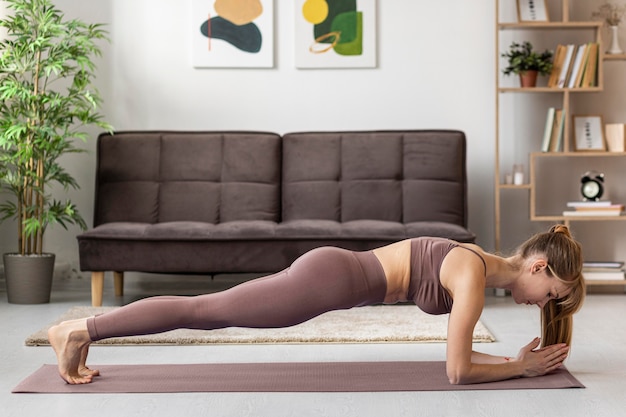
Time is often the biggest barrier. But core work doesn’t have to be long to be effective. Try these time-saving strategies:
Start slow and focus on form. Quality matters more than quantity. As you build strength, gradually increase hold times, reps, or add light resistance.
Track your progress by noting how long you can hold a plank or how easily you perform each movement. Small improvements add up over time.
Support your efforts with simple, affordable nutrition. Focus on whole foods like eggs, beans, oats, and seasonal vegetables. Stay hydrated—water is free and essential for muscle function.
Recovery is part of fitness. Get enough sleep and stretch daily. A few minutes of deep breathing or gentle stretching can reduce stress and improve mobility.
Consistency beats intensity when building core stability. You don’t need perfect workouts—just regular effort. Celebrate small wins: holding a plank longer, better posture, or less back discomfort.
Fitness isn’t about looking a certain way—it’s about feeling capable and resilient in your daily life. With minimal time and zero financial strain, you can build a stronger, more stable core that supports everything you do.
Start today. Your core—and your future self—will thank you.

Fitness

Fitness

Fitness

Fitness

Fitness
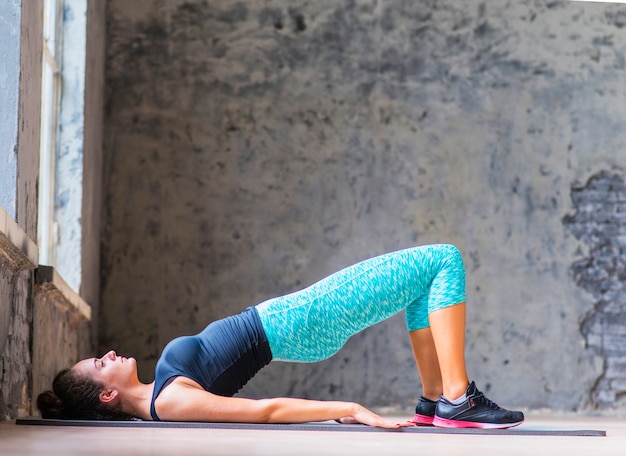
Fitness

Wellness

Fitness

Fitness
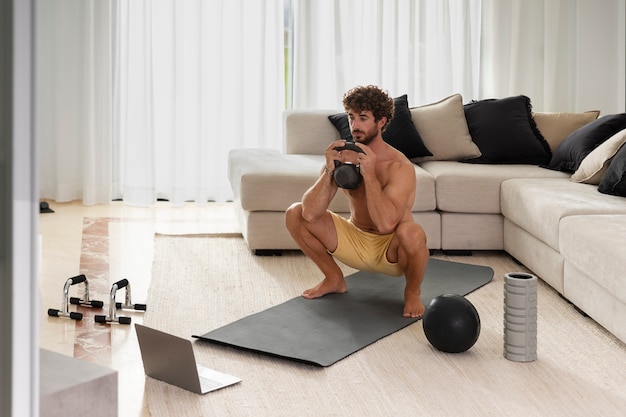
Fitness
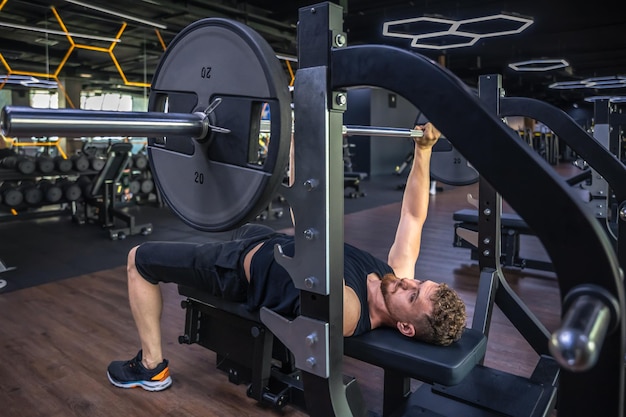
Fitness
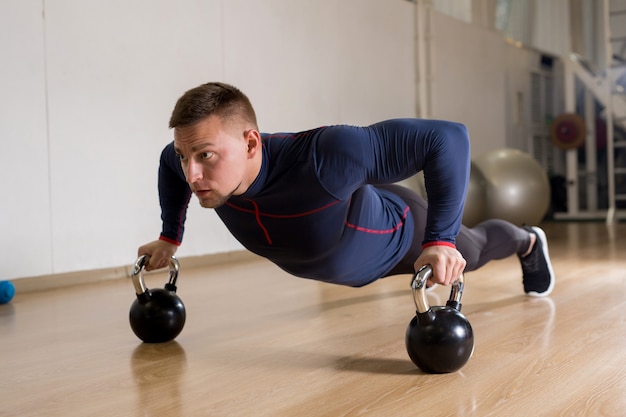
Fitness

Health

Fitness

Health

Health